A breakout space is a space where employees of a company can go to relax, eat and interact with other employees of that company. It is a space that is separate and apart from the working space of a company.
Why is the design of breakout space so important? A breakout space is important for employee interaction, collaboration, innovation, productivity, and recovery. Designing the right breakout space requires knowing its purpose, company culture, and color, lighting, and furniture needs to be well thought out too. A breakout space designed for your employees will serve as the venue for innovation where all employees can feel comfortable, relaxed and satisfied.
While your first instinct might be to see this as a waste of space and resources, you would be wrong as a break out space offers numerous benefits to your company. This is because it enhances your employee’s happiness which translates to better employee engagement and eventually to increased productivity for your company.
As someone who has worked (and still works) in an office environment and has had the opportunity to witness the effect a break out space can have on office employees, I can speak for the importance of this element in the workspace.
What is an Office Breakout Space?
A breakout space is an informal working space. Breakout spaces can influence how engaged or not engaged an employee is. This is because a company that has a breakout space shows that it has its employees’ interests at heart.
Breakout spaces can make all the difference to a company of robots who just come to work and do what they are supposed to do without being invested in the company. Employees who are not engaged tend to give less than their optimum performance and are less productive than employees who are engaged.
The existence of one is necessitated even by laws on safety and health. For instance, every employee in an office is expected to at the very least be provided with a flat surface upon which they can eat their lunch. The law also specifies that if an office does not have a kitchen area within its premises, suitable heating facilities and appliances (such as a microwave and kettle) should be provided for the employees so that they can prepare their food and make hot drinks. Also, these appliances should be located in a clean and sanitized space.
If you do not have enough space for a big dedicated space as your breakout space, you could use a little corner of your office, all you would need to do is to add lighting, furniture and choose a design that will encourage comfort and relaxation.
Things to consider in designing a great breakout space
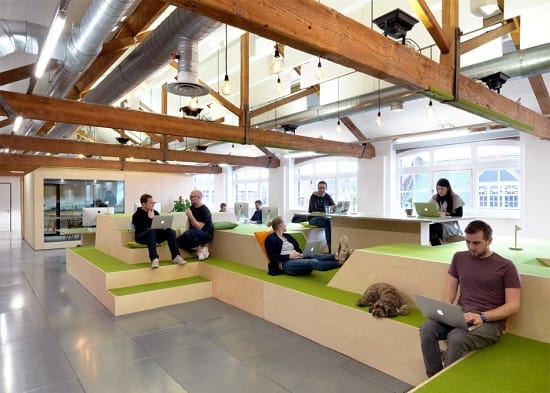
The following should be considered if you are looking to design an efficient breakout space that will be functional and will contribute towards your employee’s satisfaction and engagement:
Which would be a better fit for you?
– Quiet breakout space that enables employees to focus and concentrate or
– A very interactive and fun breakout space where they can make as much noise as they want.
This will help you determine where exactly the breakout space will be located.
Ensure that breakout spaces meant for different purposes are distinguishable from each other. If a breakout space is meant for nothing but the interaction, ensure that it is designed so and if what it is meant for collaboration, ensure that purpose is also glaring.
Ensure that the furniture in a particular breakout space supports the purpose and intended use of the place. For instance, a space meant solely for interaction and fun can house a pool table, a game zone (or something equally as fun and interactive) and their accompanying furniture while one meant for brainstorming and collaborative discussions can house such things as a screen for presentations, power points, side points for placing laptops on and so on.
Providing different types of breakout spaces allows employees to have options and utilize the space that best fits their needs for the task at hand.
Purpose of a breakout space
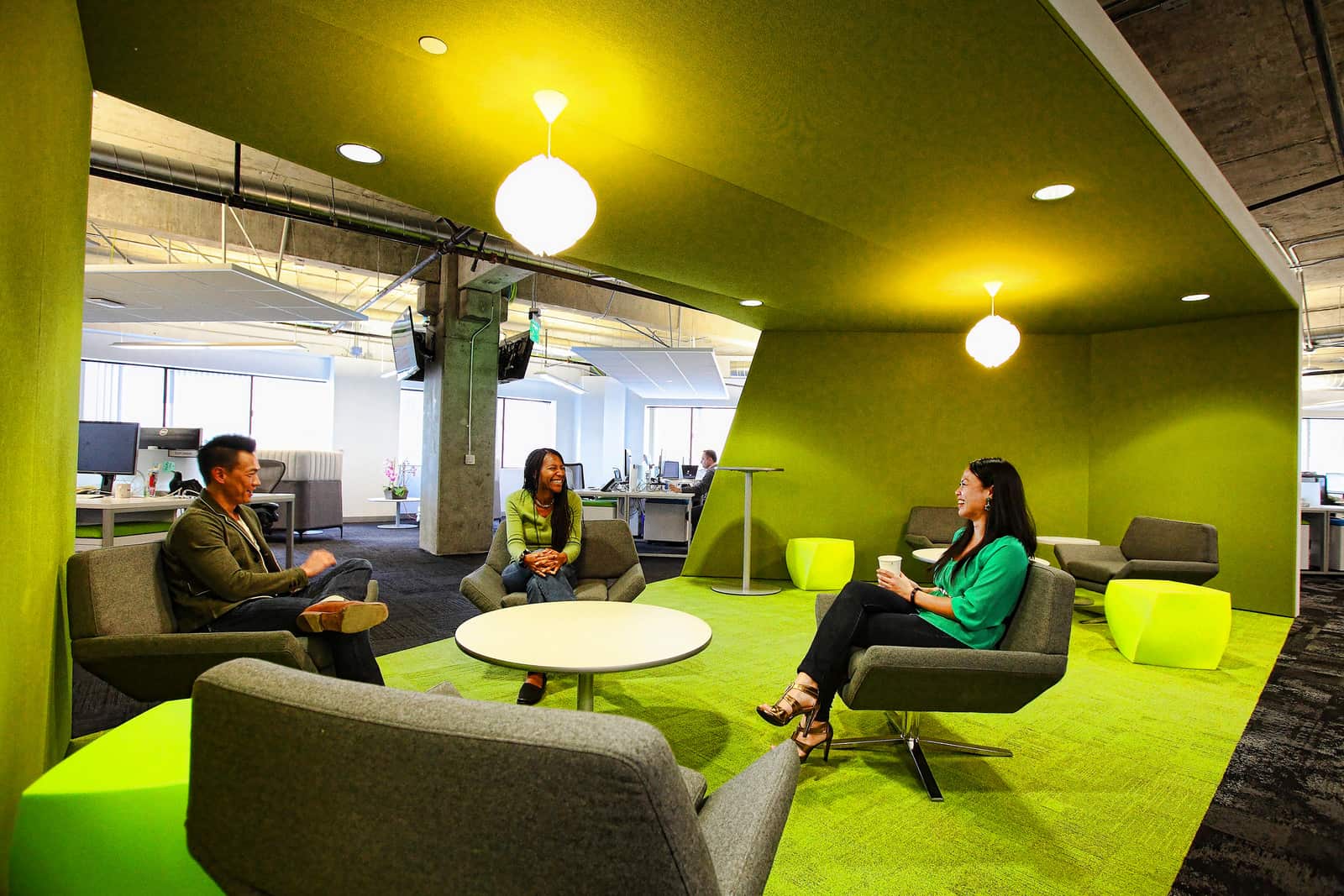
Breakout spaces are useful for quite a number of purposes such as the following;
1. It can be a place where employees of a company are going to take a break, eat and hold informal meetings.
2. Meetings held in breakout spaces are very productive in terms of brainstorming and generating ideas; this is because the employees are not under any pressure here which enables them to explore the wide reaches of their creativity and think up genius ideas that might (and sometimes) lead to a breakthrough in something the company has been facing and eventually to increased productivity.
3. Comply with laws that govern health and safety. These laws stipulate that staff whose work involves constant use of a computer should be given an opportunity to take frequent breaks from their work stations.
Things to consider when designing an office space
The following are those things that you should keep at the back of your mind when you are designing an office breakout space that will fit your company and your employees.
Furniture: the breakout space is very different from a normal working area, and this should be reflected in everything in this space. For instance, you should invest in chairs that encourage relaxation and allows employees and visitors to your company to relax, furniture that guides their minds away from work and encourages them to take a break from all the activities of their work station. Consider getting super comfortable sofas bean bags and pod seating. All these have the effect of making your employees feel comfortable and relax. It allows them to escape the work environment for a bit and just relax.
Colors: colors have been proven to greatly influence and affect the human mood which is why the color of your break out space is so important. Color will determine if employees feel relaxed or focused. Shy away from colors that are depressing and go for cheery colors that will encourage them to relax and help them do away with stress. Consider choosing between light blue pale green or yellow. You could even use a creative combination of two or three of these colors. You could even branch out and do a little research on color psychology so as to know which color will be best. Also, try to incorporate a little of your brand color in the space.
Texture: the kind of texture of your breakout space will also influence how effective or not this space will be. Go for fun playful textures different from the officious, rigid ones you use in the office.
Lighting: the breakout space is a place where people can come to unwind and relax and as such should have bright, cheery lighting. It would be best if the space has a window directly facing the east such that sunlight can make an entry into the space. If you don’t have a window and cannot access sunlight, invest in circadian lighting which will provide enough lighting to brighten your employees’ moods and help cheer them up.
Kitchen: your breakout space can also serve as your kitchen and contain such utensils as are required for employees to prepare a meal when necessary. The kitchen area is especially useful as this is the site of many-a discussions among employees. It is a place where many employees meet their co-workers for the first time and start engaging and interacting with them.
Choosing the best location for a breakout space
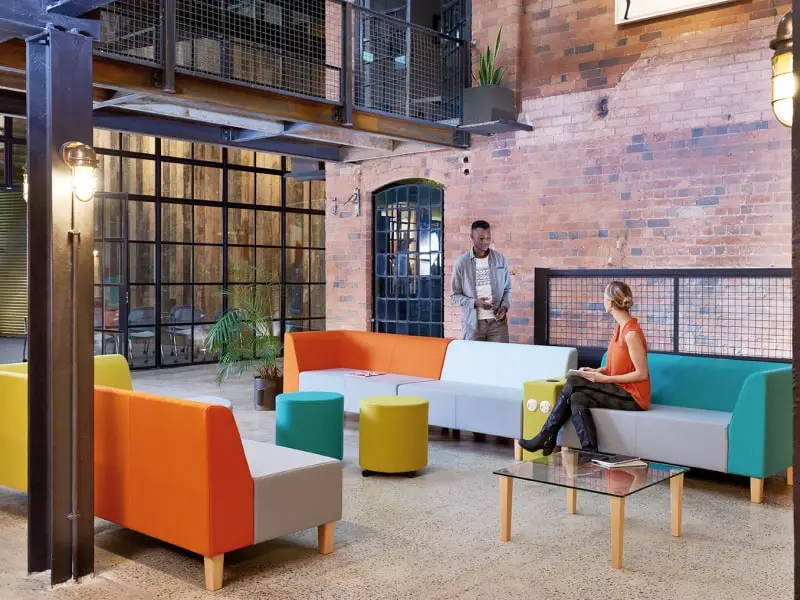
The following are questions you should ask yourself before you begin designing your breakout space as they will help you decide where best to locate the space;
– What purpose will this breakout space serve?
– How frequently will company employees visit the breakout area, how frequently will they make use of it?
– What restrictions will be placed on certain breakout areas (Quiet, focused, for example)?
– What incentives are there to encourage employees to utilize the breakout space?
– What impact and effect will the breakout area have on employees sitting close by?
Probably the most important part of a breakout space is the aesthetics. Go for something daring and bold. Make it a place where employees want to go too. A place where they can have fun while also relaxing and socializing with colleagues consider bringing in potted plants and giving the place an earthy feeling. You could introduce naturalistic sound effects such as a waterfall, sea, and birds chirping. See this as an opportunity to get creative and involve employees.
Other ideas for a theme include space travel, James Bond, Harry Potter, Disney Land and whatever else you feel will go down well with your employees.
You could even do a survey and garner ideas from your employees about what they think will work and what won’t. Observe what will stimulate the creative juices in your employees and use that to create something that will be fun and unique.
Keep the breakout space casual, do away with the stuffiness you would find in a normal working environment.
Pros of having a breakout space
Having a breakout space provides your company with several benefits many of which have already been mentioned. These benefits include the following;
Staying on the right side of the law: a breakout space allows you to fulfill the law and stay on its right side. You get to fulfill such speculations as a flat surface to eat, and a cooking area where employees can prepare meals and drinks (if you incorporate a kitchen into your breakout space).
Help employees stay healthy: sitting long hours in an office staring at a screen can have several detrimental effects on health. Having a breakout space where your employees can escape to every once in a while, can save you a lot in terms of health and fitness costs. A breakout space will be beneficial for both the physical and mental health of your employees.
Foster interaction and collaboration among employees: a breakout space will serve as a place for your employees to interact and collaborate. The presence of interaction in an office environment cannot be underemphasized. This is because it contributes greatly to employee engagement and satisfaction. This will result in a more cohesive team and better team performance which translates to increased productivity from these employees.
Informal meeting place: a breakout space can also serve as a meeting place for your employees outside of the normal meeting place. This removes the officiousness of a meeting place and encourages employees to better express themselves and sort out issues. You could incorporate elements in your breakout space that will bolster this particular use of your breakout space such as benches where laptop computers can seat, power points, and the likes.
5 Ideas for your Breakout Space
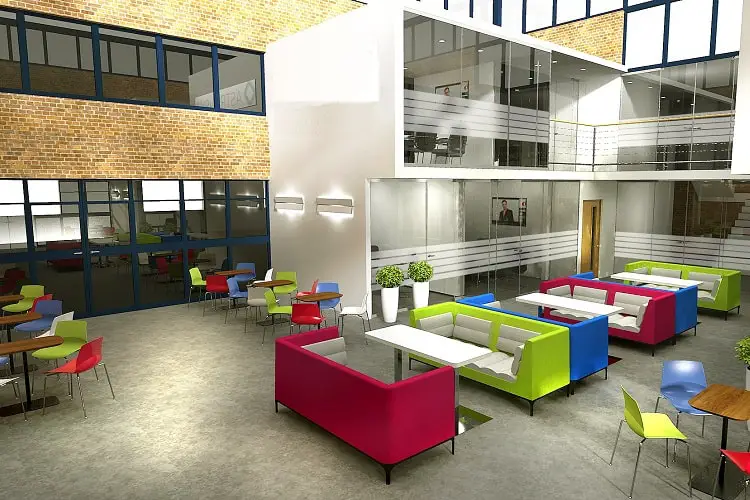
Several designs exist from which you can choose which one best fits your company image and employee needs. The design you choose should be aligned with the kind of work your company does.
Collaborative cubicles: if your company is a start-up or something technologically inclined where people are constantly collaborating on projects, this particular design will go well in your company. In addition to having a large space built around a kitchen area, you could cordon off little cubicles where people can relax, discuss and brainstorm on ideas. Equip this with the necessary tools and technology needed for effective collaboration.
Multi-level module: a multi-level module involves several areas with different themes where employees can move between according to their whims and needs. An example is the Airbnb London office which has areas like “The Library” and “The Market Square” which employees can move freely in between depending on the time of day and their mood.
Writable walls: this particular style is being employed by credit card company Barclaycard in England. This enables small teams to collaborate effectively; the writable walls can be used to jot down ideas, suggestions, and resolutions. They can also be used as projector screens for use during presentations.
Flexible furniture: flexible furniture allows you to turn your entire office into one huge breakout space if you so wish. You could separate the furniture into different pieces which allows you to segregate and have meetings in small groups and you could also bring everything together to form one big piece.
Family rooms: this particular design is utilized by Ancestry, a company that has its headquarters near Salt Lake City in Utah. Furniture that helps give the room a look like you would expect to see in a family home are used. This is in a bid to make employees feel at home and interact casually like they would in family units.
Designing the Best Breakout Space for Your Employees
In your quest to design a breakout space that is perfect for your employees, you should do the following.
Do a survey: before you take on the task of designing that space, survey your employees. Find out from your employees what they feel a great breakout space should be. You could provide pointers and examples such as those provided above to give them an idea and help them decide. Gather their opinion on what a great breakout space will look like and take into consideration.
Constitute a focus group: the purpose of this is to have discussions and arrive at decisions that will be universally accepted. Have a focus group where pertinent issues such as which color will best fit the space, what kind of texture should be used for the walls, and so on will be tabled out. The focus group will be the place where things that appear tangled can be ironed out.
Decide on which equipment to use: Another very important thing you should do to have a great breakout space is to analyze and decide on which equipment and utensils would be the best in your kitchen. Would you need a refrigerator, would the money for that be better spent getting a dining area or would both workout?
All these and more are the things you need to do to design a great breakout space that your employees will love.
Related questions
What kind of games can you play in a break out space? The kind of games included in your company’s breakout space depends on you and your employees. For instance, if your company with digital service and your employees are mostly computer nerds, you can include a video game area, and maybe one or two traditional games.
If your employees are the old-fashioned type, however, look into getting a pool table or a dart board. Something that is bound to have them interacting with each other which will also help them relax and have fun.

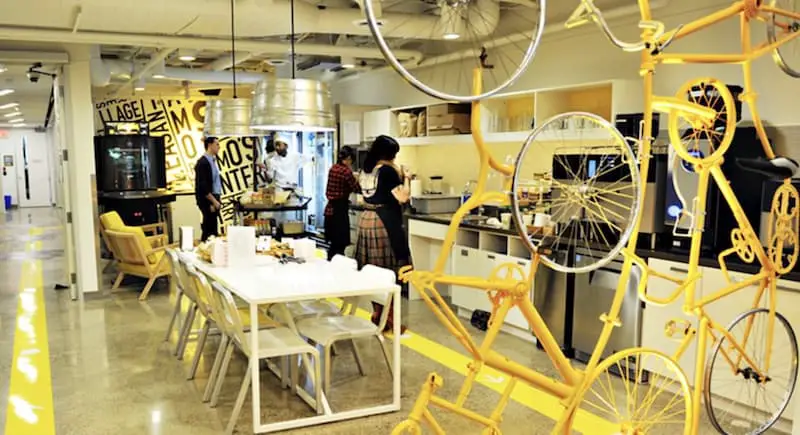
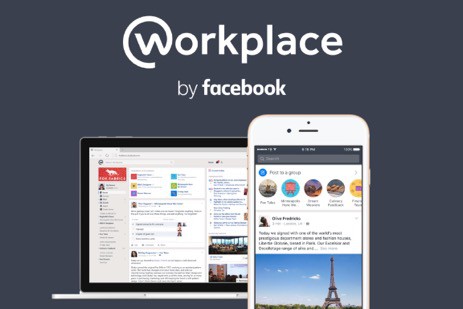

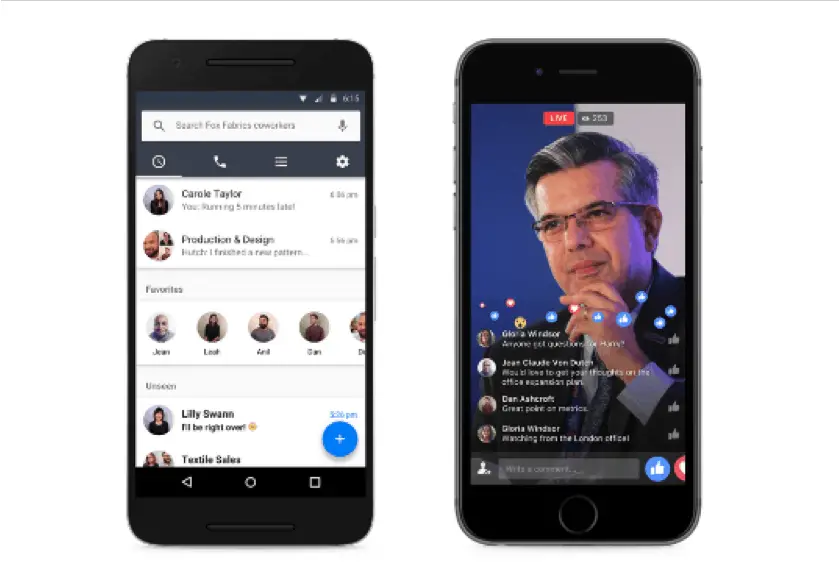

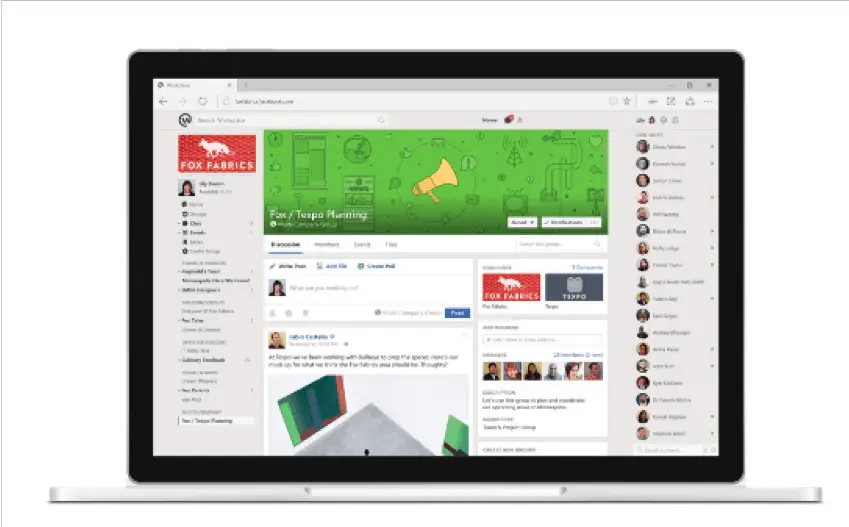
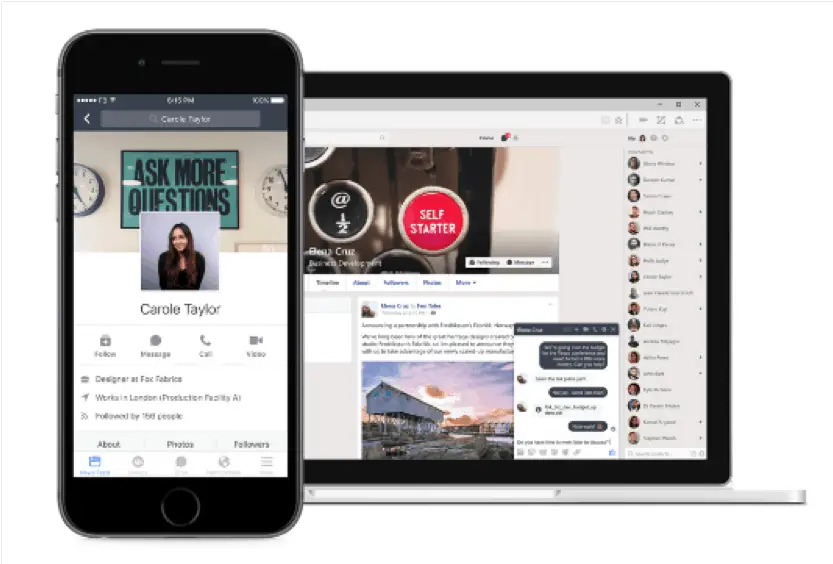






.jpg)





